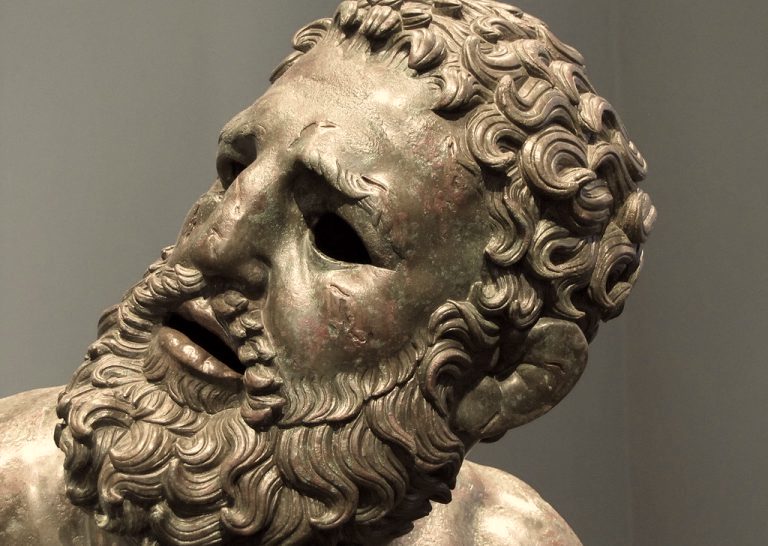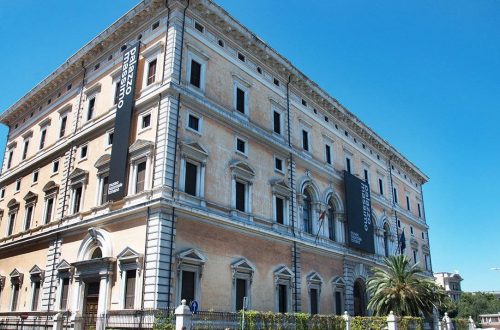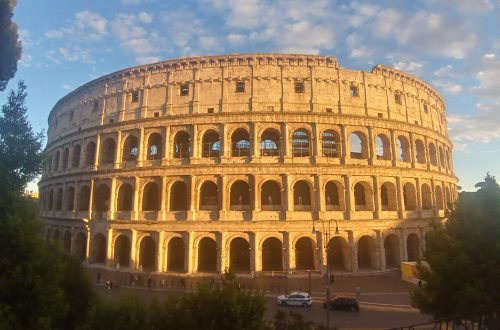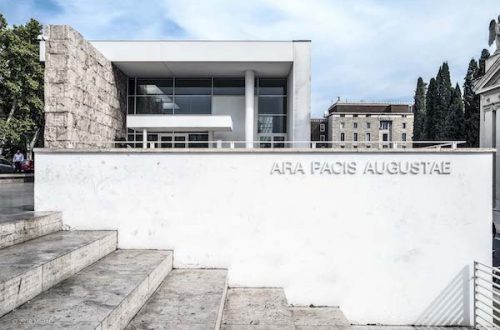
Palazzo Massimo alle Terme
Palazzo Massimo alle Terme is one of the four sites that make up the National Roman Museum in Rome, Italy. The museum is located near the Termini train station and is housed in a neoclassical palace that was built in the late 19th century. Here is a description of Palazzo Massimo alle Terme:
Architecture: Palazzo Massimo is an impressive neoclassical building designed by the Italian architect Camillo Pistrucci. It was constructed between 1883 and 1887 as part of a project to create a complex of museums dedicated to the archaeological heritage of Rome. The exterior of the building is characterized by its grand façade and classical features, reflecting the architectural style of the late 19th century.
Collections: The museum inside Palazzo Massimo alle Terme is renowned for its extensive collection of ancient art and artifacts, covering a vast period from the late Roman Republic to the late antiquity. The exhibits include sculptures, frescoes, mosaics, coins, and other archaeological finds. Notable pieces in the collection include the Boxer at Rest, the Discus Thrower, and the famous frescoes from the Villa of Livia.
Boxer at Rest: One of the highlights of the museum is the ancient bronze sculpture known as the “Boxer at Rest” or “The Terme Boxer.” This remarkable Hellenistic artwork depicts a weary and battered boxer in a seated position, capturing a moment of vulnerability and emotion.
Frescos from the Villa of Livia: The museum also houses frescoes from the Villa of Livia, the wife of Emperor Augustus. These frescoes provide a glimpse into the domestic life and decorative tastes of the Roman elite during the early imperial period.
Numismatic Collection: Palazzo Massimo is home to an extensive numismatic collection, featuring ancient coins from various periods of Roman history. The collection provides insights into the economic and political history of Rome through the study of its coinage.
Overall, Palazzo Massimo alle Terme is a treasure trove for those interested in Roman art, history, and archaeology. Visitors can explore the rich cultural heritage of ancient Rome through the well-curated exhibits housed within this grand neoclassical palace.
![]()




